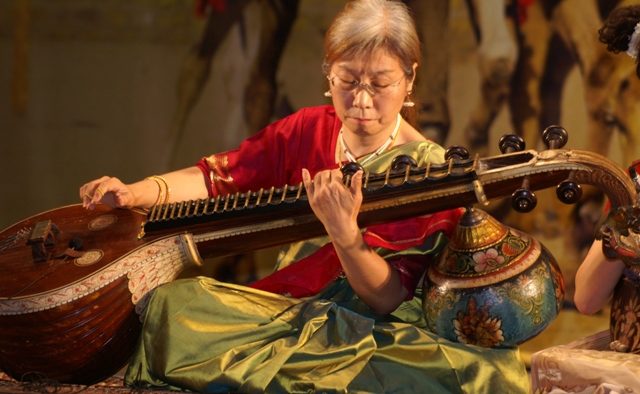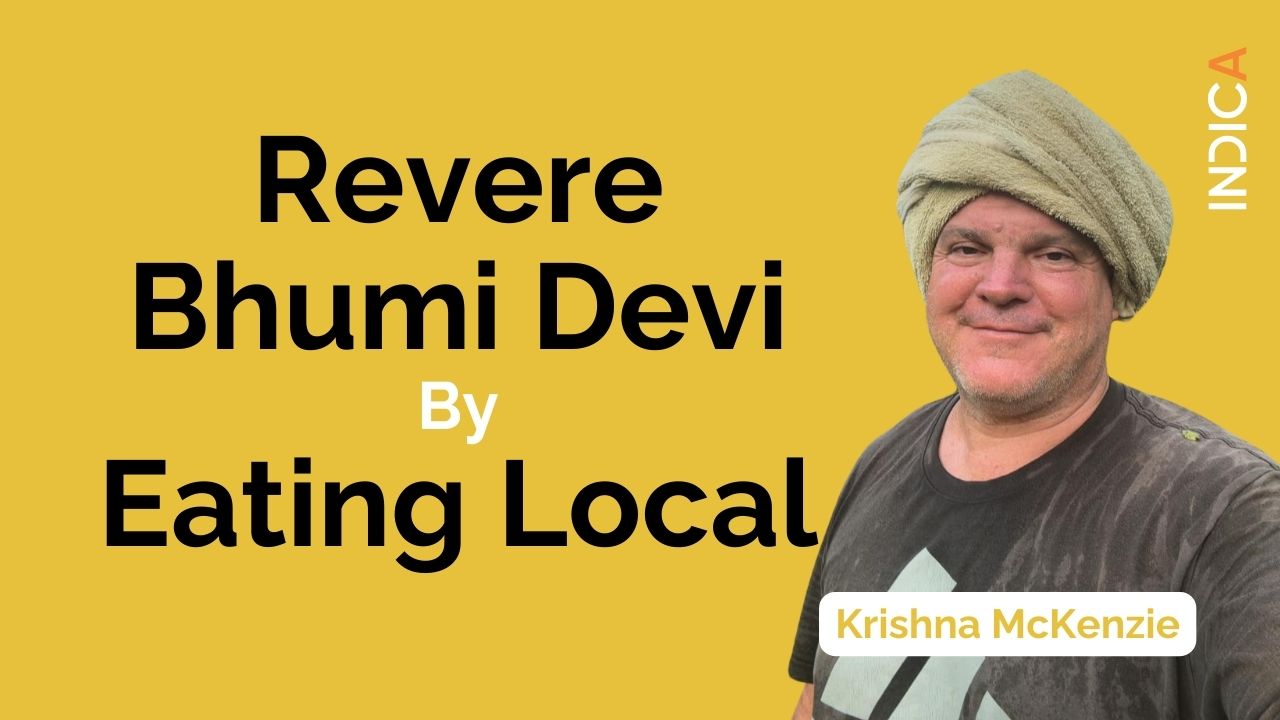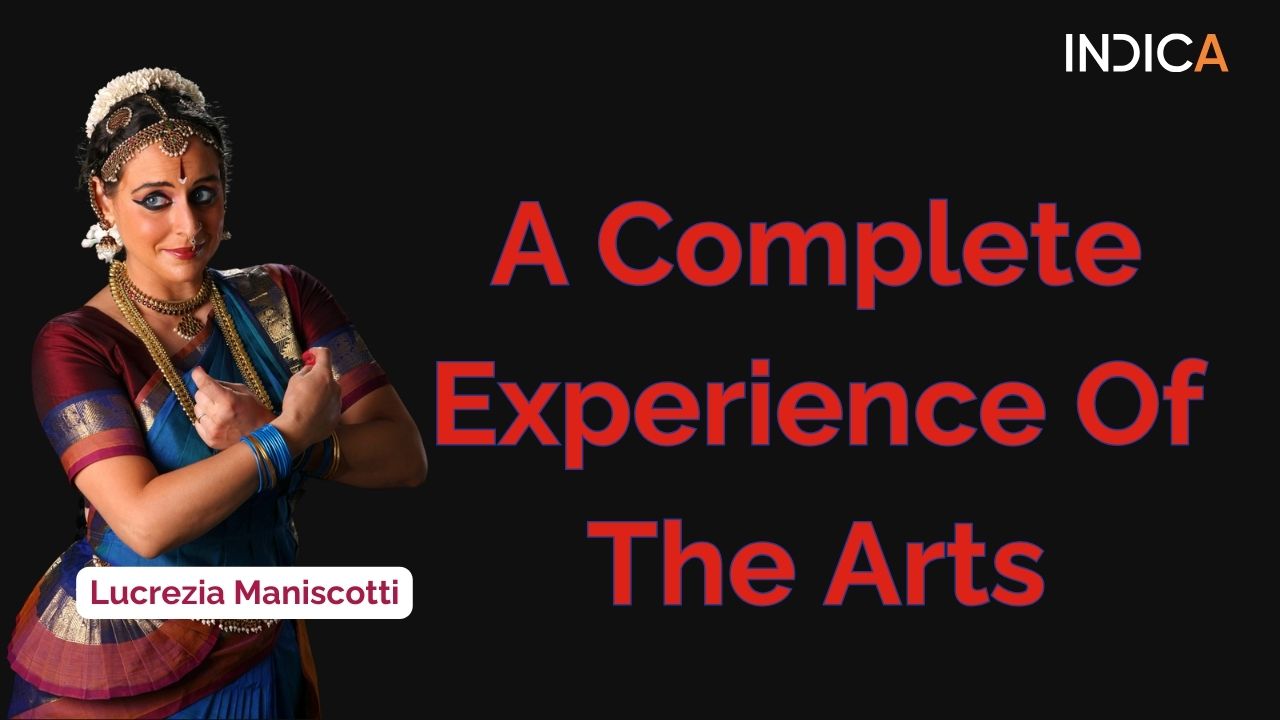When Yuko Matoba played the Veena at the Perumchellur Sangeetha Sabha in Kerala on Republic Day this year, the audience was left spellbound. She played Mahā Ganapatim, a composition by Carnatic composer Muthuswami Dikshitar.
Yuko is a vainika and musicologist and has written a research paper Flexibility in Karnatic Music: A Comparative Analysis of Mahā Ganapatim, in a series titled Music and Society in South Asia: Perspectives from Japan. In her paper she explores how variability, change and flexibility play out in Indian music, and she tries to show how they interact concretely within the music.
Yuko Matoba playing Mahā Ganapatim: https://www.youtube.com/watch?v=O-mgBqYibho
For the study she compared and analysed the rendering of Mahā Ganapatim by three vocalists and seven instrumentalists in Chennai. A veena player, Yuko has is naturally attracted to Dikshitar’s krithis. “Muttusvāmi Dīksitar is said to have composed 27 songs on the Lord Ganeśa, of which 16 compositions including Mahā Ganapatim are grouped together as Sodaśa (sixteen) Ganapati. It is one of his most representative compositions, very frequently performed and well known in South India,” writes Yuko.
The song is in ragam Nata which appeals to Yuko as a musicologist. “Nāta is considered to be one of the oldest rāgas. Gambhīranāta is assumed to be an older form of the present Nāta. Tamil Hymns of Tevāram, Todudaya
Śeviyan and Tiruppugazh Kaitāla Niraikani are sung in Gambhīranāta. Mallāri, a special composition for nāgasvaram (oboe), has also been played in Gambhīranāta in the templesince ancient times.”
Yuko has collected six published notations of Mahā Ganapatim. Many of the notations have been published in print and are written in Tamil, Telugu, English and other languages. It is just one example of the way she approaches Carnatic music.
Her fascination for Carnatic music began when she was studying Musicology at the Tokyo University of the Arts. She had chosen Indian music for her research under the guidance of Prof. Fumio Koizumi, an ethnomusicologist. Koizumu started his career as a specialist in Japanese music. After studying in India for two years in the 1950s, he studied the music of other cultures. His course was very popular as it brought in his fieldwork of the music of different cultures. One scholar observes that he was to influence the way the music of ancient cultures could be studied empirically rather than speculatively, which is reflected in Yuko’s approach to Mahā Ganapatim.
She says that as she progressed in her learning, she developed a great thirst for an immersion into Indian music and a desire to learn in India, the “home country of such mesmerizing form of music.” She joined the Government Music College of Tamil Nadu in 1972 and ever since continues to learn Indian music with short visits.
Her first teacher Prof Fumio Koizumi had learned Carnatic music in Chennai, and was among the first to introduce Indian music to Japan. Subsequently, sitar maestro Pandit Ravi Shankar had visited Japan with his music.
Yuko says that though the Japanese audience do not know much about Indian music theory, people are fascinated by the attractive sounds of Indian instruments and the mastery of technique. “There is something eternally beautifully flowing across time, when we hear Indian music,” she says.

While Japanese music has been greatly influenced by the music from China and Korea, she feels there are some references to Indian music in Gagaku, Japanese classical music that has been performed at the Imperial Court in Kyoto since the 7th century. On World Music Day in a CSP collaborative festival with the Indian Music Experience, two Japanese musicians Hitomi Nakamura and Kahoru Nakamura played Gagaku music.
Yuko explains the similarities. “For example, there is a free rhythm part before composition, which is like an alapana. Gagaku has some scales. Gagaku compositions have 8 beat cycle, 6 beat cycle, 4 beat cycle...And 5 beat (2+3) dance composition is there. The Japanese music scale is Audava raga. Gambhira nata is same as Okinawa (that of the south islands of Japan) scale. Another three Japanese scales are S R2 M P D2 S, S R1 M P D1 S, S G1 M P N1 S. There are ragas corresponding to these scales.”
The deity of music “Saraswati is called Benzaiten in Japan. There are many Benzaiten temples throughout Japan and people visit these temples and offer worship. She is a very popular Goddess of learning having same persona as Saraswati. Not only Saraswati, Lakshmi, Indra, Siva... many Hindu Gods came to Japan along with Buddhism. Among Japanese Gods, Ao-kubi-kannon is there. Ao is blue, ku bi is throat…so we have Neelakanta! In later times Japanese music was connected to Japanese historical stories or drama, so not strongly connected to the Gods like it is in Carnatic music.”
The Japanese instrument Biwa is close to the Veena, a string instrument having four strings. Like Saraswati has the Veena, Benzaiten has the Biwa, says Yuko. Yuko says it was not very easy to master the techniques of the Veena. “But an even more difficult thing is to understand Indian music. I could not remember melody at first. I struggled a lot for many many years... the word Give Up was always there in my mind,” she says.
Yuko has performed several concerts in India, and looks perfectly comfortable in a saree, with Indian accompanists. She rues that there are no Indian pakkavadyas (accompanists) who can accompany her in Japan though there are Japanese Ghatam and Morsing players . Performing too is different there. “Indian audiences know their music in detail and understand how I play. Japanese audiences enjoy Indian music but if I make mistake or did not make mistake nobody knows. I have tried to understand how Indians listen...how Indians feel…I feel that I should understand the background of the music to be true to it.”
Yuko has made an effort to learn the meaning of the krithis. In her article she writes about the role of the text in Carnatic music: The one aspect of the music that is common to all (musicians) is the text. The text verses are treated with great veneration by the musicians. The composer’s original text analyzed in this article has no variation: no one touches or changes it. Basically, the position of each syllable of the text is fixed.”
She say it is very important to know the meaning of the krithis for her. She says that since she knows the meaning of the krithis, they are in her mind when she plays, which makes her renderings bhava laden.
“I ask my teachers word to word meaning when I learn. Playing the Veena without knowing the meaning of the krithi is pointless for me. The phrase is connected with sahitya, so I have to know it.” When she plays in Japan, she makes a program sheet with the translation of the meaning. “I want to introduce the sacred world of Carnatic music to Japanese audience. Indian music reflects Indians’ logical brain, flexible thinking and pious mind. Indian music is Indian culture itself. I feel that my life is so prosperous in having met Indian music,” says Yuko.





